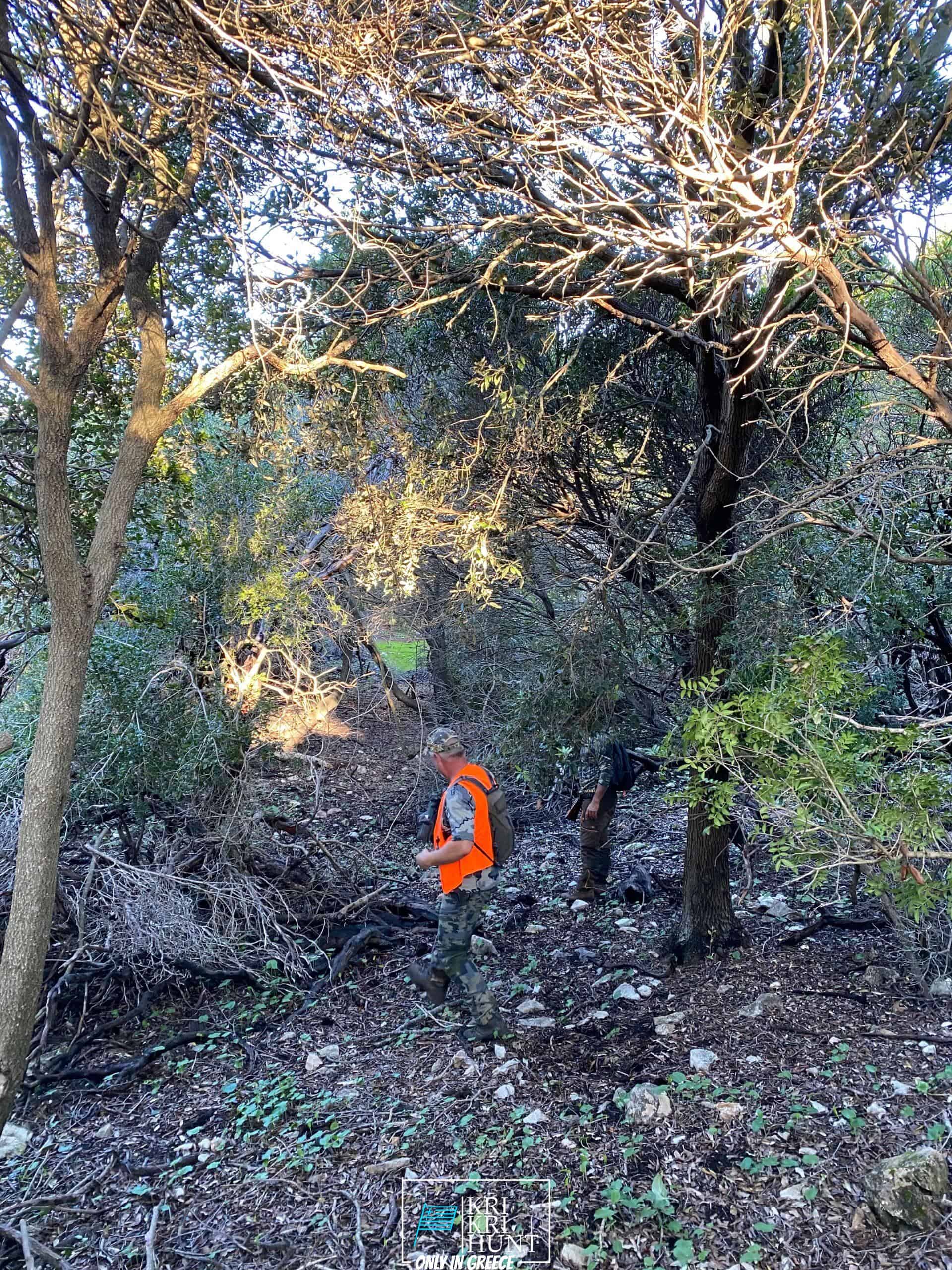Discover the covert treasures of Sapientza island, Greece. Golden Kri Kri ibex.
Discover the covert treasures of Sapientza island, Greece. Golden Kri Kri ibex.
Blog Article

Hunting for Kri Kri ibex in Greece is a wonderful getaway experience. It is not always a tough quest or an unpleasant experience for a lot of seekers. You can experience ancient Greece, shipwrecks, and spearfishing throughout five days searching for gorgeous Kri Kri ibex on an exotic island. Is there anything else you would such as?

This Ibex is not a petite kind of the Bezoar Ibex, which has actually migrated to the western side of its array. The kri-kri (Capra aegagrus cretica), likewise referred to as the Cretan goat, Agrimi, or Cretan Ibex, is a wild goat native to the Eastern Mediterranean. The kri-kri (Capra aegagrus cretica), a feral goat populating the East Mediterranean, was once believed to be a subspecies of wild goat. The kri-kri has a light brown coat with a darker neck band. Their two sweeping horns climb from their head. The kri-kri is a timid and also cautious animal in the wild, relaxing throughout the day. They can jump cross countries or climb up relatively large cliffs.
On our Peloponnese excursions, you'll get to experience all that this amazing region needs to provide. We'll take you on an excursion of some of one of the most lovely and also historic websites in all of Greece, consisting of old ruins, castles, and more. You'll also get to experience some of the typical Greek culture direct by appreciating some of the scrumptious food and wine that the area is known for. As well as of course, no journey to Peloponnese would be complete without a dip in the gleaming Mediterranean Sea! Whether you're a skilled hunter looking for a new tourist or a new adventure just aiming to explore Greece's stunning landscape, our Peloponnese trips are best for you. What are you waiting for? Reserve your journey today!
If you are looking for Kri Kri ibex quest as well as memorable getaway location, look no further than the Sapientza island in Greece. With its stunning natural appeal, tasty food, and also rich culture, you will not be disappointed. Book one of our searching as well as exploring Peloponnese Tours from Methoni today, dot forget your prize Kri Kri ibex!
What is the diference between Kri Kri ibex, Bezoar ibex and hybrid ibex
The kri-kri is not thought to be indigenous to Crete, most likely having been imported to the island during the time of the Minoan civilization. Nevertheless, it is found nowhere else and is therefore endemic to Crete. It was common throughout the Aegean but the peaks of the 8,000 ft (2,400 m) White Mountains of Western Crete are their last strongholds–particularly a series of almost vertical 3,000 ft (900 m) cliffs called ‘the Untrodden’—at the head of the Samaria Gorge. This mountain range, which hosts another 14 endemic animal species, is protected as a UNESCO Biosphere Reserve. In total, their range extends to the White Mountains, the Samaria National Forest and the islets of Dia, Thodorou, and Agii Pandes.
This Ibex is NOT a diminutive form of the Bezoar Ibex, which has migrated into the western-most reach of the range of this species. The kri – kri (Capra aegagrus cretica), sometimes called the Cretan goat, Agrimi, or Cretan Ibex, is a feral goat inhabiting the Eastern Mediterranean, previously considered a subspecies of wild goat. The kri-kri has a light brownish coat with a darker band around its neck. It has two horns that sweep back from the head. In the wild they are shy and avoid tourists, resting during the day. The animal can leap some distance or climb seemingly sheer cliffs.
“The agrimi goat Capra aegagrus cretica is unique to Crete and its offshore islands. It has been identi®ed as a sub-species of the wild bezoar goat Capra aegagrus aegagrus Erxleben, 1777, which it closely resembles in horn shape, body form and coloration. This classi®cation has been disputed by some researchers who claim that the agrimi are feral goats, derived from early domestic stock brought to the island by the ®rst Neolithic settlers. In order to clarify this issue, DNA analyses (cytochrome b and D loop sequences) were carried out on tissue of live and skeletonized agrimi and compared to sequences of wild and domestic caprines. Results conclusively show the agrimi to be a feral animal, that clades with domestic goats (Capra hircus) rather than with wild Asiatic bezoar. This study demonstrates that morphometric criteria do not necessarily re¯ect genetic af®nities, and that the taxonomic classi®cation of agrimi should be revised.”
Report this page